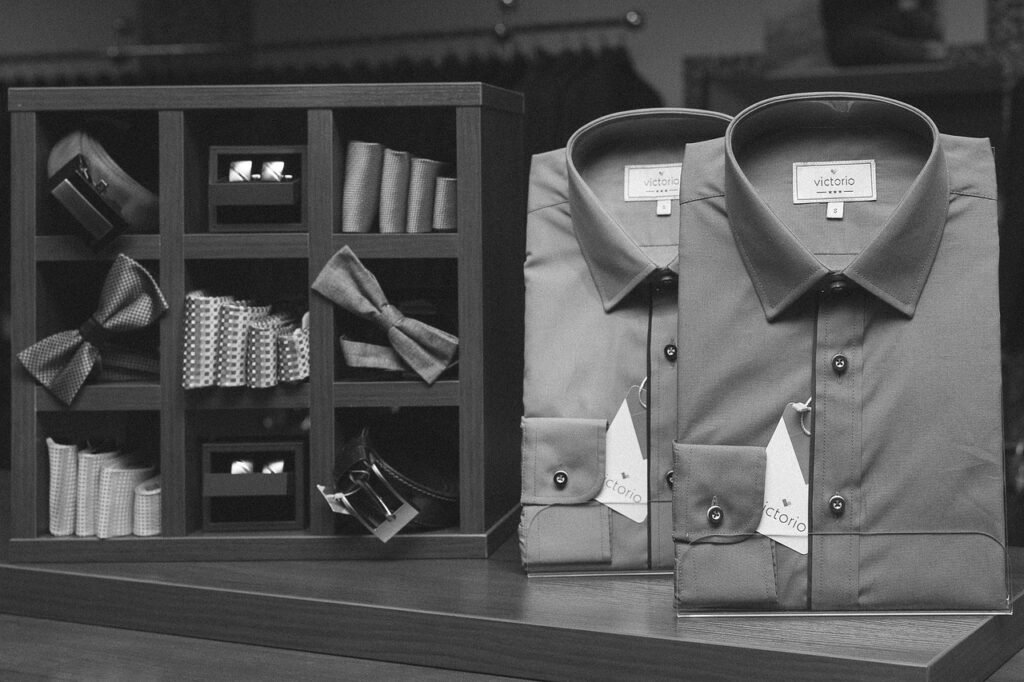
In the world of business, first impressions are crucial. It’s all about presenting the best version of yourself, and for men, navigating the nuanced dress code of business casual can be a real challenge. But fear not, in this blog post, we will break down the art of dressing appropriately in a business casual environment for men.
Understanding the Concept of Business Casual
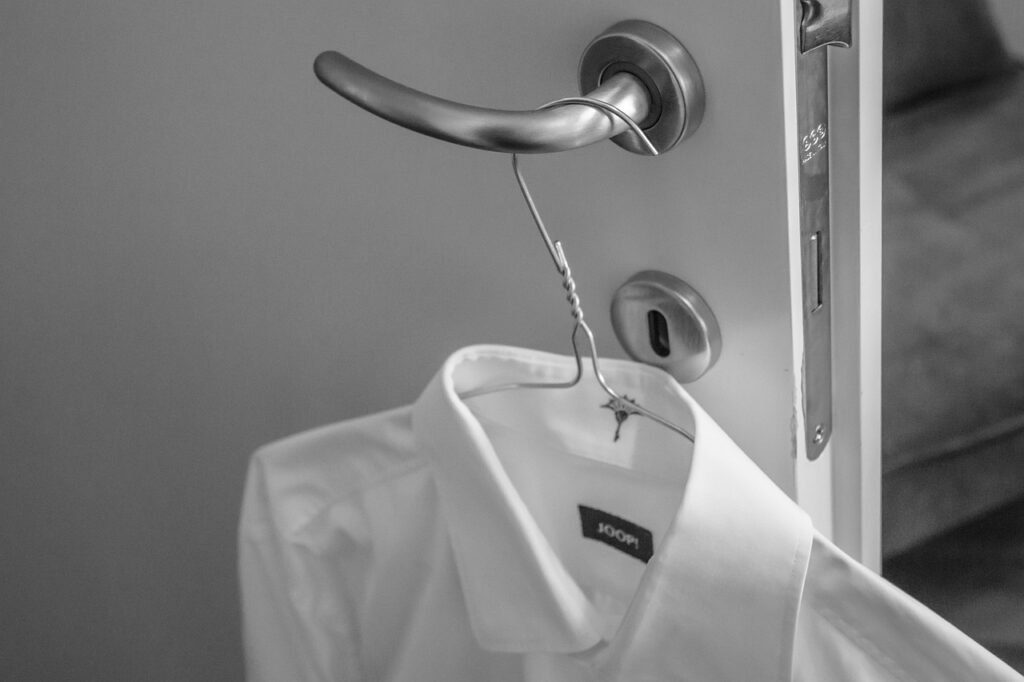
Business casual for men serves as a middle ground between the formality of traditional business attire and the ease of casual wear. It strikes a delicate balance, providing an opportunity for men to express their personal style while maintaining a professional demeanor. Generally, this attire involves combining pieces from both formal and casual wardrobes, such as coupling a crisp, button-down shirt with a pair of sleek chinos or well-tailored dress slacks.
However, it’s critical to recognize that what’s deemed business casual can fluctuate based on your company’s culture or the specific sector you work in. For instance, what passes for business casual in a corporate environment might differ from that of a start-up or creative field. Thus, when dressing business casual, always consider your workplace environment and company culture to ensure you hit the right note. It’s also recommended to err on the side of caution, leaning more towards business than casual, especially when attending important meetings or events.
While it might initially seem daunting, understanding and implementing the business casual dress code can be simplified with some basic knowledge and a keen eye for detail. Remember, the goal isn’t to blend in, but to confidently represent yourself in a professional setting with a hint of personal style.
The Importance of Good Fit
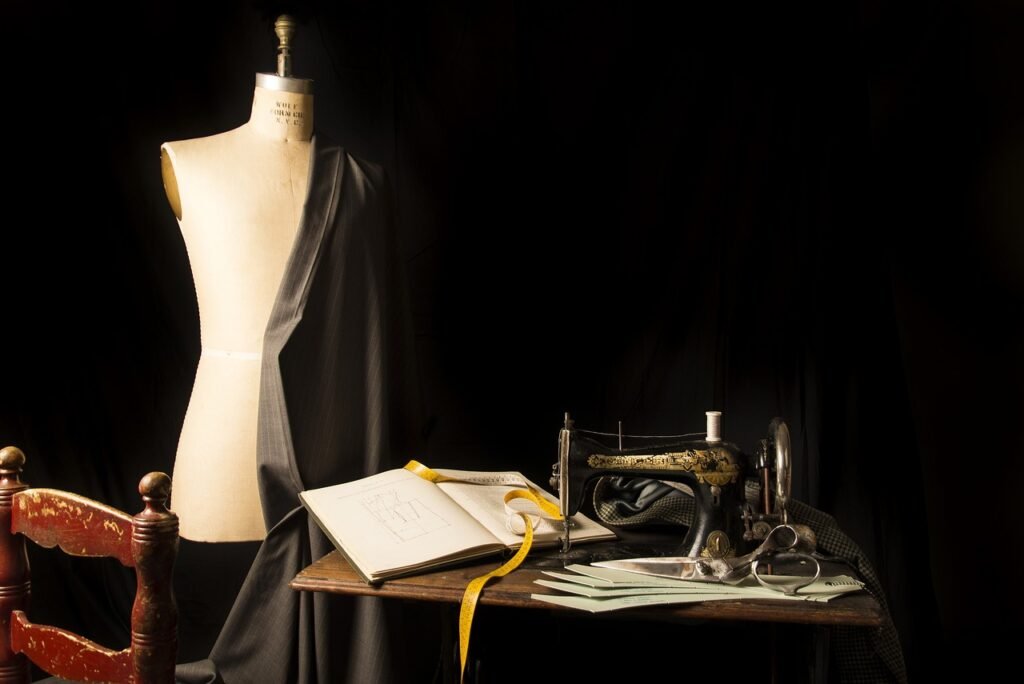
In the realm of business casual attire for men, fit is of utmost significance. An ill-fitted ensemble can detract from your professionalism, even if the clothes themselves are of high quality. Whether the garment is too baggy or uncomfortably tight, it could potentially present a less than polished image. That’s why it’s important to take the time to discover the styles and sizes that best complement your physique.
Bear in mind, the fit is not just about the size, but also the cut of the clothing. You want to ensure that your clothes are well-tailored to your body, hugging the right areas while giving enough space in others. For instance, a dress shirt should be snug around your torso without pulling at the buttons, while pants should follow the natural line of your body without bunching or gaping.
It’s also advisable to consider your body type when selecting outfits. Certain styles might suit some body types better than others. For instance, men with a lean physique might look best in slim-fit trousers, while those with a more muscular build might opt for a straight or relaxed fit.
Whether you’re buying off the rack or investing in custom-tailored pieces, take the time to try on different cuts and sizes until you find what works best for you. Remember, when it comes to business casual, fit matters just as much as style and quality. Ensuring your clothes fit well not only enhances your overall appearance but also boosts your confidence, a vital element in any business environment.
The Appropriate Use of Color and Patterns
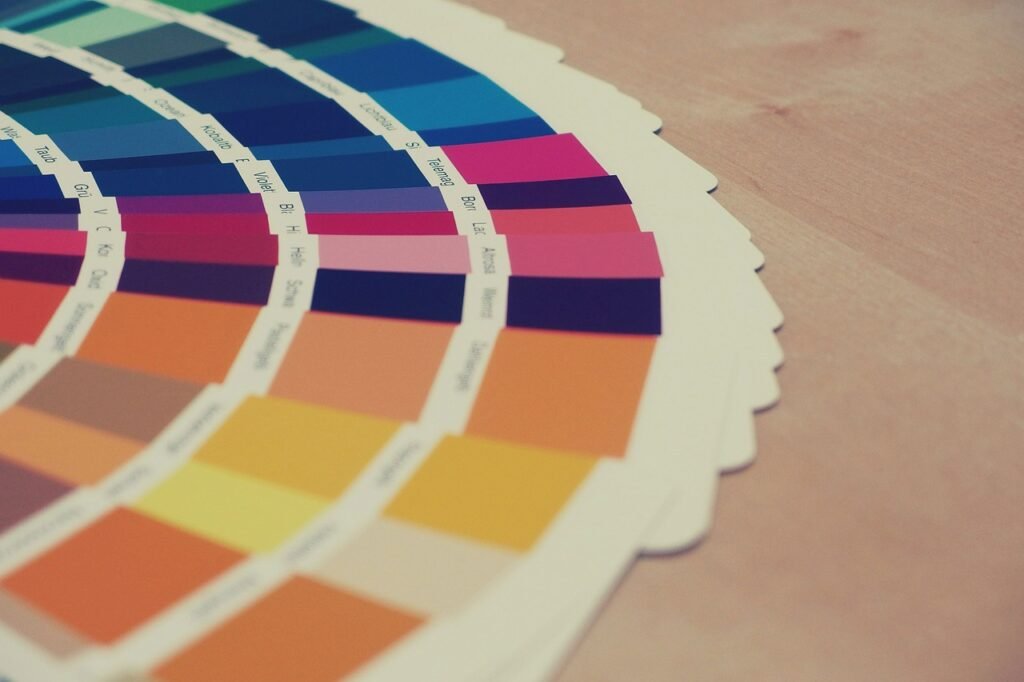
Choosing the right colors and patterns is another aspect to consider when building your business casual wardrobe. It’s generally best to stick to neutral or muted colors such as navy, gray, black, or beige for your primary pieces. These colors are versatile and lend a professional touch to any ensemble.
Injecting some personality into your outfit is welcomed, but it’s important to incorporate colors and patterns in a subtle and tasteful manner. For instance, adding a pinstriped shirt or a tie with a modest pattern can bring an element of interest to your look without coming across as ostentatious.
Equally important is to consider the color and pattern coordination within your outfit. For example, if your shirt has a bold pattern, balance it out with a solid-colored tie or pair of pants. Conversely, if your outfit is mainly solid colors, a patterned tie or pocket square can add a much-needed pop of pattern.
Another consideration is the color harmony. Complementary colors, or those that sit opposite each other on the color wheel, can work well together. Similarly, analogous colors, or those that sit next to each other, can also create a pleasing look.
However, always be mindful of your workplace culture. If it leans more conservative, you might want to stick with more traditional combinations and patterns. On the other hand, if your workplace encourages creativity and individuality, feel free to experiment a bit more. Remember, the goal is to express your personal style while remaining professional.
Choosing the Right Footwear
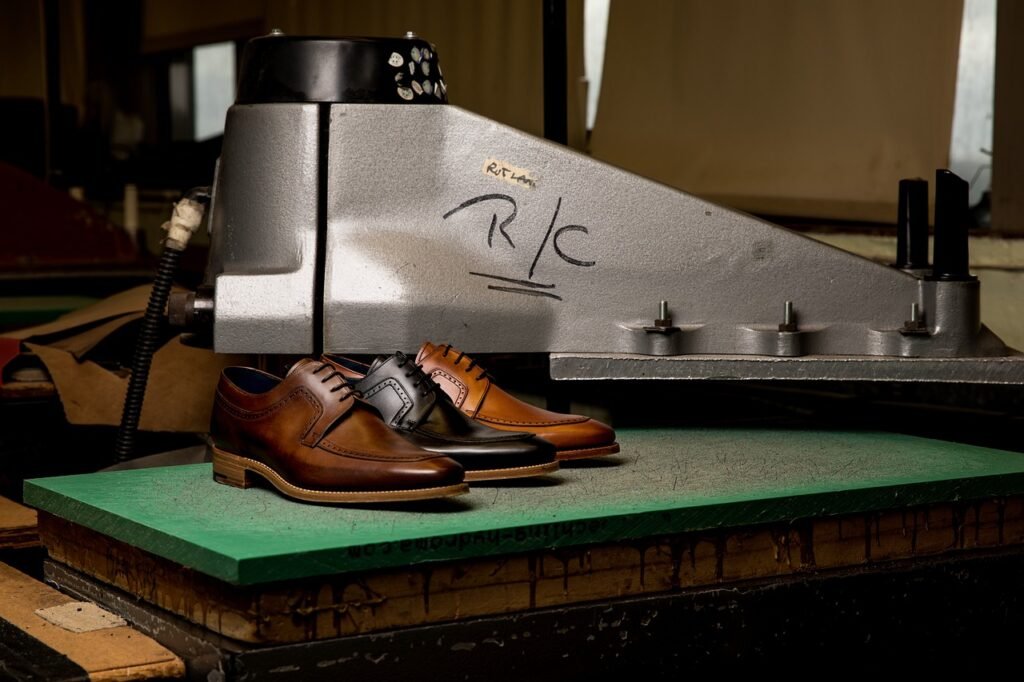
Selecting appropriate footwear is a fundamental aspect of putting together a successful business casual look. In the realm of business casual for men, the recommended styles generally include oxfords, brogues, or loafers. These are classic shoe designs that effortlessly blend with the professional yet relaxed vibe of business casual attire.
Your shoes should be well-kept, polished, and in good condition. Shoes that are scuffed, worn out, or unkempt can significantly detract from an otherwise polished look. The color of your shoes should ideally coordinate with the rest of your outfit, with black, brown, or burgundy being versatile choices that complement most color palettes.
Avoid the temptation to don athletic shoes, flip-flops, or sandals, regardless of how comfortable they may be. These types of footwear lean heavily towards the casual end of the spectrum and can disrupt the balance of professionalism in your ensemble.
The type of socks you pair with your shoes also deserves consideration. Opt for socks that match the color of your pants or are in a neutral color. While patterned or colored socks can add a dash of personality to your outfit, they should be chosen with care to ensure they do not clash with the rest of your ensemble.
Investing in quality footwear can go a long way in elevating your business casual wardrobe. Remember, your shoes are often one of the first things people notice, so make sure they leave a favorable impression.
The Role of Accessories in Business Casual
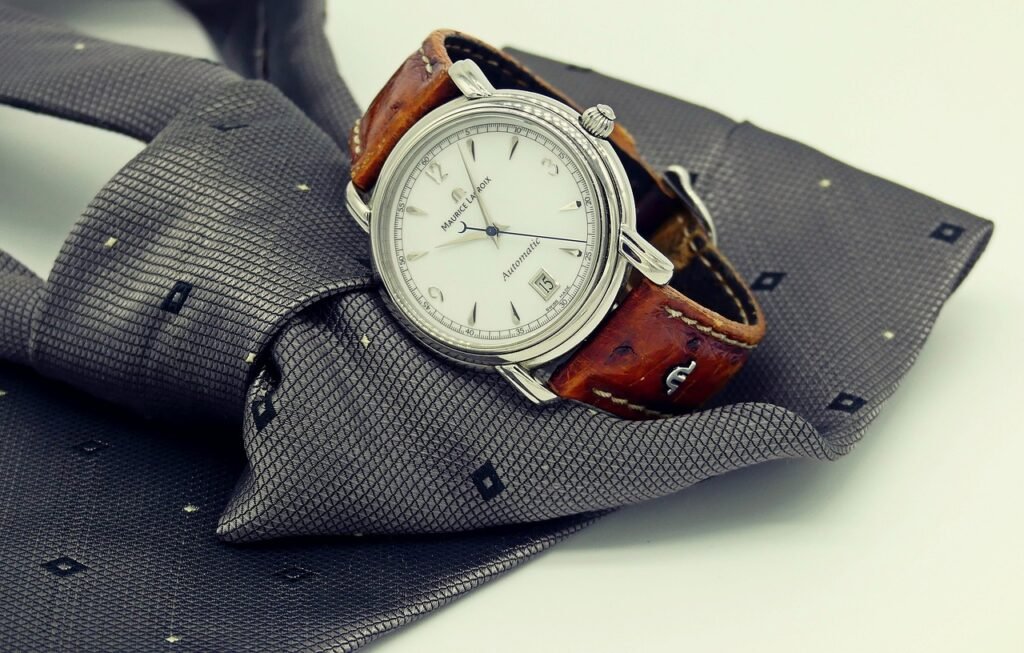
Accessories are the finishing touches that can help fine-tune your business casual look. From a sleek watch to a slim leather belt, these minor details can make a significant impact. Ties, although not always necessary in a business casual setting, can lend an additional level of sophistication to your outfit when chosen appropriately.
However, when incorporating accessories, it’s essential to strike the right balance. Over-accessorizing can be distracting and may detract from your overall professional appearance. Instead, aim for a more restrained and thoughtful approach. For instance, consider matching your belt with your shoes for a coordinated look. Additionally, ensure that any jewelry such as watches or cufflinks is subtle and classy.
Aside from the traditional accessories, other items can enhance your business casual attire. Pocket squares can add a dash of color or pattern to a blazer, while a stylish messenger bag or briefcase can be both functional and fashionable.
When selecting accessories, always keep in mind that they should complement your outfit rather than overpower it. The aim is to enhance your overall look with a subtle nod to your personal style.
Remember, the devil is in the details, and when it comes to business casual for men, every detail counts. Your accessories not only add aesthetic appeal but also communicate your attention to detail, a highly valued trait in the business world. So, choose wisely and accessorize smartly.
The Impact of Good Grooming
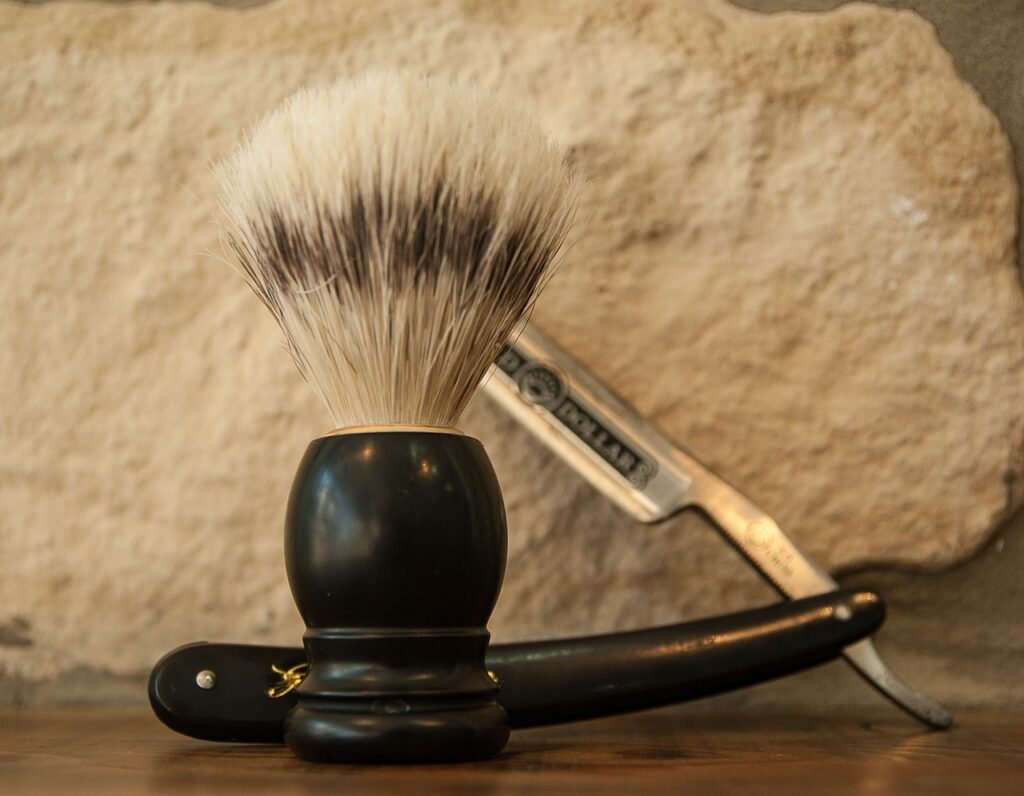
Proper grooming is an essential complement to your business casual attire. It’s not just about the clothes you wear, but also about how well-groomed you are. A well-dressed man who neglects his personal grooming can negatively impact his professional image.
Hair styling is one of the key aspects of grooming. Ensure your hair is neat and professional-looking. This does not necessarily mean short hair; even long hair can be styled in a professional manner. If you sport facial hair, ensure it is well maintained. An unkempt beard or mustache can detract from your polished appearance.
Hygiene plays a pivotal role in personal grooming. Ensure your nails are clean and neatly trimmed. Bad breath can be off-putting in a business setting, so practice good oral hygiene and consider keeping mints or breath freshener handy.
Your grooming routine should also include taking care of your skin. A good skin care regimen not only improves your overall appearance but also reflects your attention to detail. Consider using products like moisturizer and lip balm to keep your skin hydrated, especially in drier climates or seasons.
Fragrance, while not a necessity, can enhance your personal grooming. Opt for a subtle, pleasant scent that isn’t overpowering. However, be aware that some workplaces are fragrance-free zones due to allergies, so be sure to respect such policies.
Adapting Business Casual for Various Situations
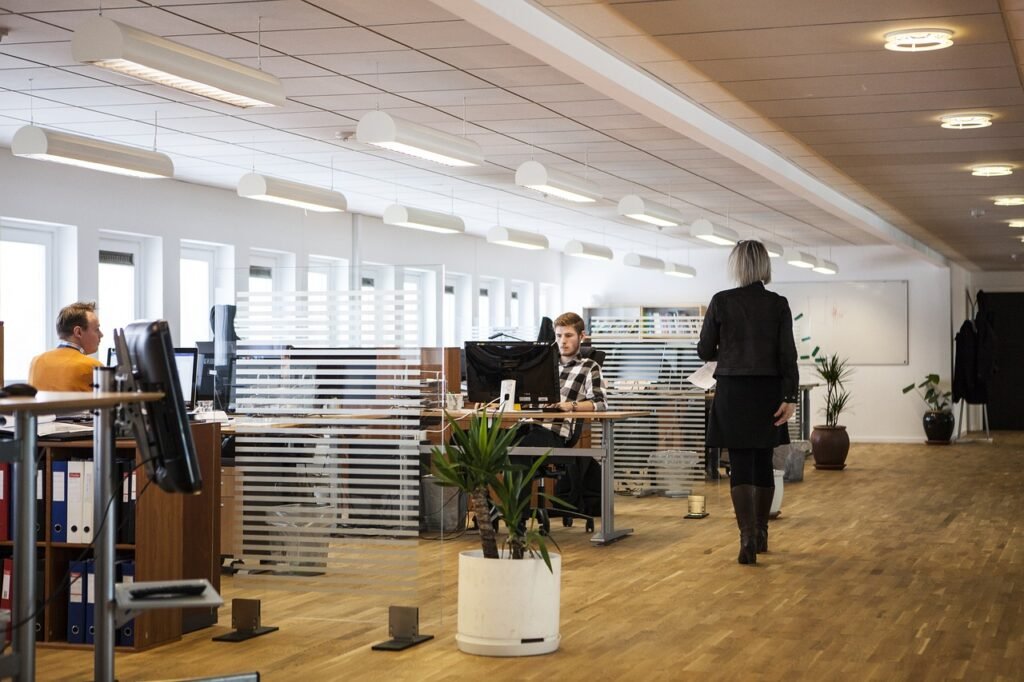
The flexibility of business casual allows it to be tailored to fit a wide range of scenarios. Let’s say there’s a crucial meeting on the agenda, a more formal ensemble incorporating a blazer or a suit minus the tie can strike the right chord. For everyday work situations, a pairing of a well-fitted button-down shirt and chinos usually fits the bill.
When it comes to networking events or casual Fridays, you can lean slightly more into the casual side, perhaps by pairing a high-quality polo shirt with slacks or swapping your dress shoes for clean, minimalist sneakers. However, regardless of the situation, it’s important to remember that the golden rule of business casual is to always veer more towards ‘business’ than ‘casual’.
Always be mindful of your company’s dress code policy and the image you want to portray. Therefore, being slightly overdressed is generally more acceptable than finding yourself underdressed in a business setting.
The Bottom Line: Dress for Success
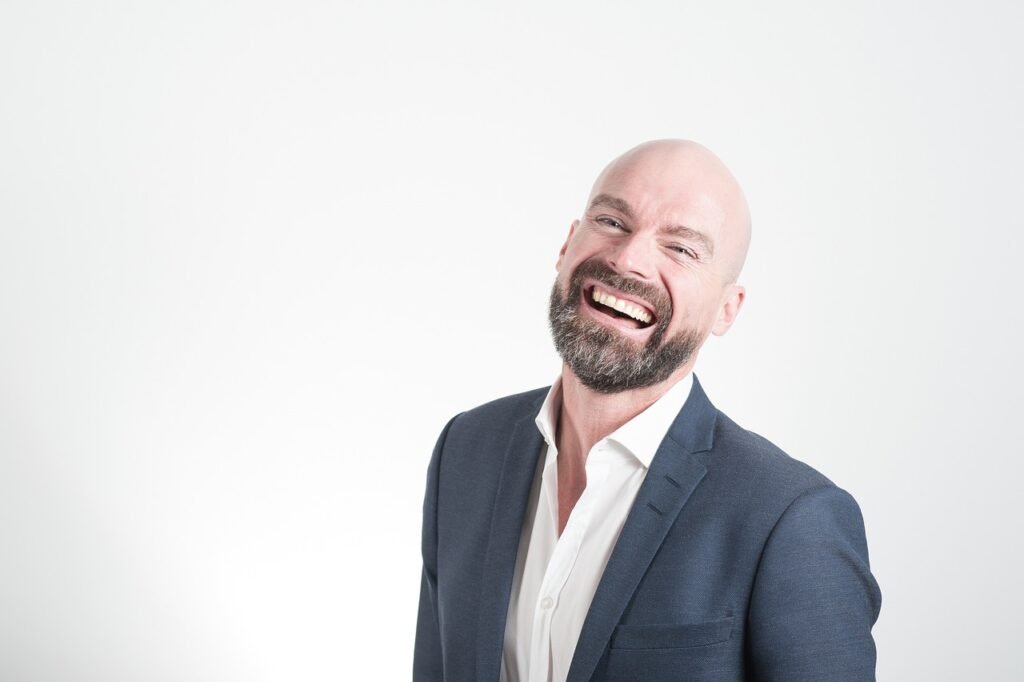
In essence, the mastery of business casual attire lies in the ability to exude success and self-assuredness through your clothing choices.
It’s more than just wearing an outfit; it’s about encapsulating an aura of professionalism while feeling at ease in what you’re wearing. Regardless of the event – be it a crucial meeting, an informal business lunch, or just another regular day in the office – the clothes you choose play a significant role in shaping your professional image.
Keeping this in mind, refining your business casual attire can give you the edge you need in the corporate world. So, it’s time to embrace business casual with confidence and panache, and make a lasting mark in your professional journey!
